Russia is great, but this cannot be said about all the nationalities that inhabit it. Some of these nationalities have only a few hundred, or even dozens of representatives.
We present to you the top 10 smallest ethnic groups in Russia, based on the data of the latest population census. Recall that a new census will be conducted in 2021, and then our rating will be updated.
10. Aleuts
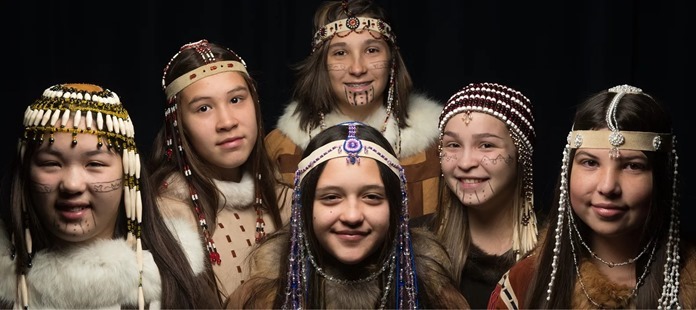 Population - 482 people
Population - 482 people
If we take data around the world, then the Aleuts are not smallest people... Most of them live in Alaska; according to the 2000 census, there were 10,708 Aleuts there.
However, the American data are not entirely reliable, since some of the Alutiik Eskimos and Ejaks, as well as those who called themselves Aleut for the sake of the benefits that are entitled to the natives of Alaska, were classified as Aleuts. In Russia, there are much fewer Aleuts, in 2010 there were 482 of them.
9. Chulyms
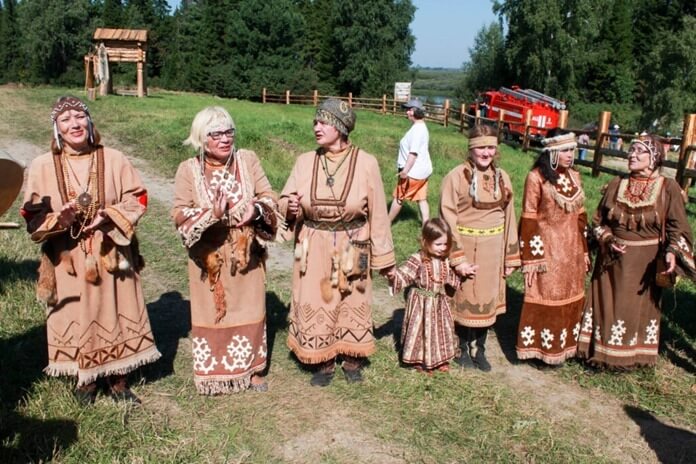 Number - 355 people
Number - 355 people
One of the smallest peoples of the Russian Federation and the smallest Turkic people now lives in two villages - Pasechnoye and Chindat (Krasnoyarsk Territory).
It is believed that the ancestors of the Chulyms were the Turkic settlers of the 12th century. They got along peacefully with the local population - Selkups and Kets - and gradually mixed with them. The Chulyms did not create writing, and the skills of oral speech are now practically lost. Representatives of this people speak in Russian.
8. Oroki (ulta)
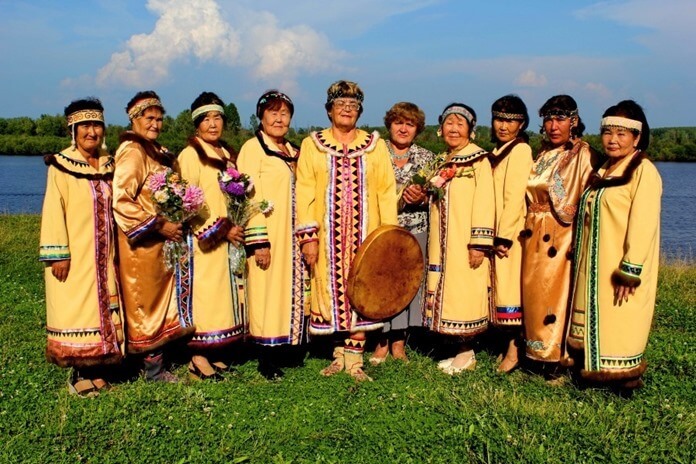 Number - 295 people
Number - 295 people
More than 20 names were applied to this ethnos, which other small peoples of the North, Siberia and the Far East cannot boast of. In 1991, the Oroks officially received 2 names at once - the Oroks proper and the Ulta.
In their language and culture, the Oroks are close to the Nanai, Ulchi, Oroch and Udege. However, today most Oroks speak Russian, and teaching children in Orok did not begin until the beginning of the 21st century.
Although the Oroks converted to Christianity in the 19th century through the efforts of missionary priests, they did not completely abandon their beliefs. Therefore, their faith in the spirits of nature and shamanism get along well with Orthodoxy.
7. Basins
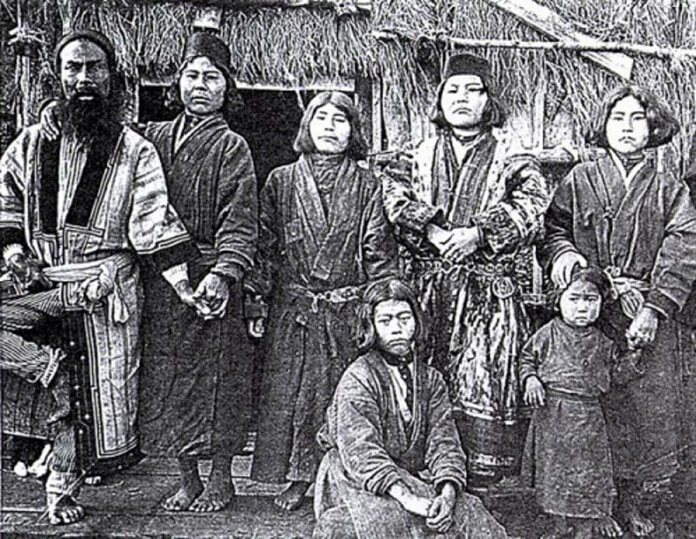 Number - 274 people
Number - 274 people
A small ethnic group belonging to the indigenous peoples of the North, Siberia and the Far East speaks Russian and professes Orthodoxy.
The tazy owe its appearance to the Chinese, who in the middle of the 19th century actively came to the territory of the Ussuriysk Territory for ginseng, and later for seafood, antlers and mushrooms.
The Chinese married local women - Udege and Nanai. The mestizos who appeared as a result of such marriages were called "da-tszy" (natives). Later this word was transformed into "tazy".
Despite the fact that modern tazy have become Russified, they traditionally prepare dishes that are native to northern China. These are pampushki (steamed dough), boudhe (meat-filled pies, also steamed) and lancea (meat and potatoes cut into strips).
6. Izhorians
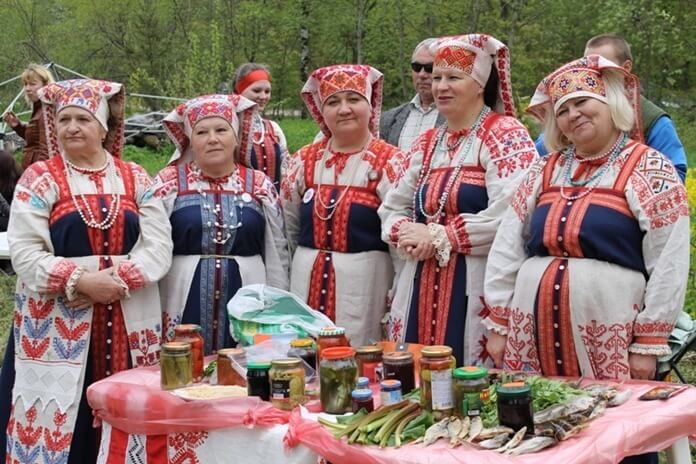 Population - 266 people
Population - 266 people
The first, but not the last small people on our list, living in the Leningrad region.The Izhora or Izhora people, together with the Vody, once constituted the main population of the Izhora land, located on both banks of the Neva and the southwestern Ladoga area.
By the way, it was the headman of Izhorians named Pelgusiy (or Pelguy) who warned Prince Alexander Yaroslavich (the future Nevsky) in 1240 that the Swedish army had landed on the banks of the Neva. Subsequently, the prince instructed Pelgusius and his family to guard the sea borders at the most important point - at the mouth of the Neva.
Now those who consider themselves Izhora live not only in Russia, but also in Ukraine (according to the 2001 census) and even in Estonia (according to the 2000 census). And the Izhorian language, although it is under the threat of extinction, has not been completely lost. There is even a self-instruction manual for the Izhora language, edited by V.M. Chernyavsky. And for those who are interested in the history of the small peoples of Russia, and in particular the Izhora, we recommend visiting the Izhora Museum of Local Lore, which is located in the village of Vistino, Leningrad Region.
5. Entsy
 Number - 227 people
Number - 227 people
The Entsy is not the self-name of this northern people, but a term proposed by the ethnographer G.N. Prokofiev in the 30s of the twentieth century. It comes from the word "enneche", which literally means a person. The Enets themselves call themselves Encho, Mogadi or Pebay.
The Enets have a curious feature that distinguishes them from other small and large nationalities of Russia. At birth, the child received not a name, but a nickname associated with the circumstances of birth or features of appearance. Upon reaching the age of majority, he or she received the name of someone from a close relative.
In everyday life, the Enets refer to each other not by name, but by nickname, and one person may have several nicknames. For example, Byakshi ("no neck", about a man with a short neck) or Tatako ("rich").
4. Setu (seto)
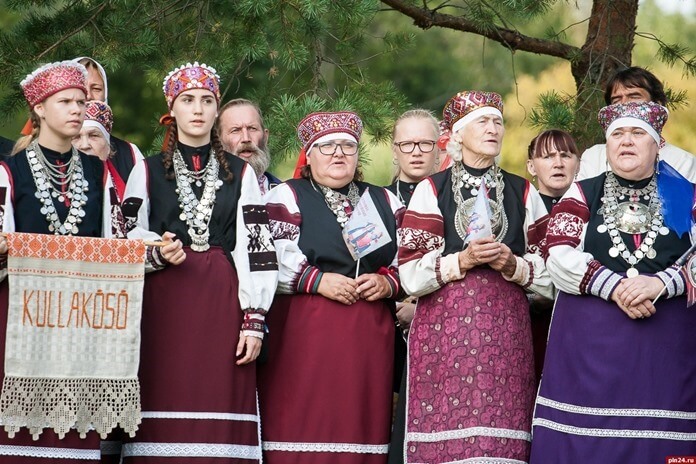 Population - 214 people
Population - 214 people
Scientists have never come to a consensus about how the Seto people arose.
- Some believe that it came from the Estonians who fled to the Pskov land from the Levonian yoke.
- Others are convinced that the Setos arose from the Chudi and Estonian settlers who converted to Orthodoxy.
- Still others believe that this is a remnant of an autochthonous ethnos, which was once as independent as the Vod and Izhorians.
An interesting fact is that, having adopted Orthodoxy and observing its rituals, the Setos did not create a translation of the Bible for several centuries. Therefore, their Russian neighbors did not consider the Setos to be full-fledged Christians and even gave them the nickname "half-believers."
3. Vod
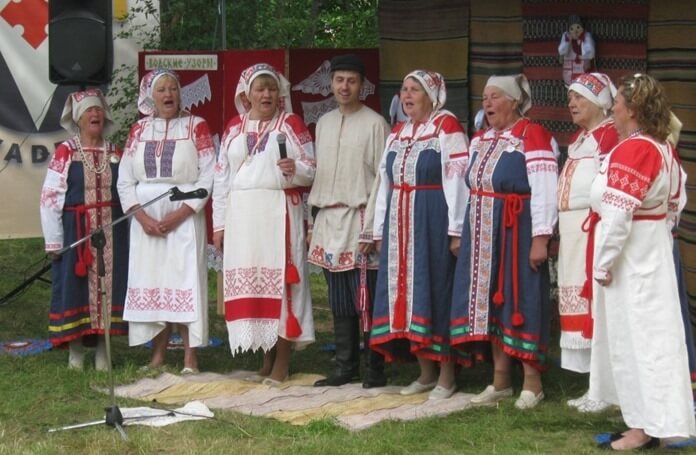 Number - 64 people
Number - 64 people
In the past, the Vod, belonging to the indigenous population of the Leningrad Region, was a large ethnic group. According to ethnographers, the Voda women were distinguished by their unusually beautiful appearance and cheerful character.
However, the population of this nation was strongly influenced by the famine that occurred in 1215, and the subsequent assimilation by the Slavic and Izhorian population, who migrated to the area of its settlement.
During the Great Patriotic War, the lands inhabited by the Vod people were the arena of fierce hostilities; in 1943, the Izhora and Vod population, together with the Ingermanland Finns, were taken to Finland. Most of the evacuees subsequently returned to the USSR, but were resettled in different regions of the country, and they were allowed to return to the Leningrad region only in 1956.
2. Chamalals (or Chamalins)
 Number - 24 people
Number - 24 people
The second smallest people in Russia lives in Dagestan and Chechnya, and belongs to the Avar sub-ethnos. Its self-name nama yiga is translated as "dry dried apricots".
Since ancient times, the chamadals have maintained close ties with their neighbors, especially with the Avars, leasing land to them and exchanging livestock products in exchange for grain and various services.
The traditional occupations of the Chamadals were and remain animal husbandry, gardening and farming. And the "signature dish" is khinkal with meat and garlic, but not like Georgian khinkali. Chamadal khinkal - these are pieces of dough cooked in meat broth, they are served on the table along with broth, boiled meat and sauce.
They speak, teach and even sing Chamalals in Avar, but they also know Russian. But the Chamalal language has become a purely everyday language.
1. Kereki
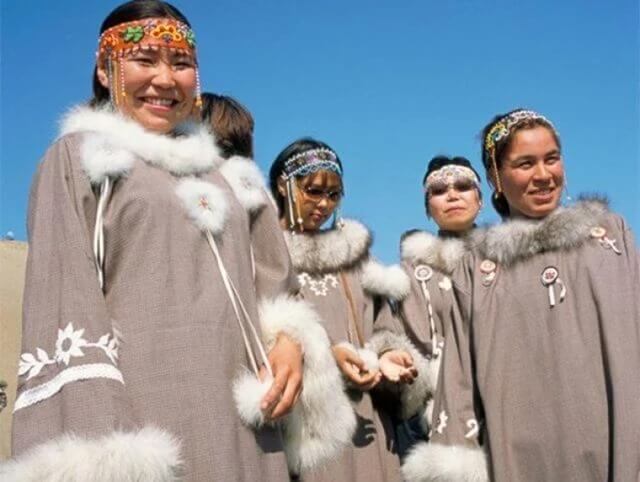 Number - 4 people
Number - 4 people
The smallest ethnic group in Russia is at the same time one of the least studied. Its very few representatives live in the Chukotka Autonomous Okrug, in the village of Mainypilgyno. Their language had no writing and 4-5 thousand words have survived from it to this day.
The Kereks differ from their closest neighbors only by their shorter stature (usually they do not exceed 150 centimeters). By the way, it was the gradual assimilation with the Chukchi that eventually led to the almost complete disappearance of this nation.
Earlier, the settlements of Kereks were located from the Anadyr Bay to the Olyutorsky Cape. Hence their self-designation ankalaakku ("seaside").
Kereks were engaged in fishing, reindeer herding, fur and animal hunting. It is believed that it was they who came up with the idea of harnessing the dogs in a harness in pairs or one by one in a row.

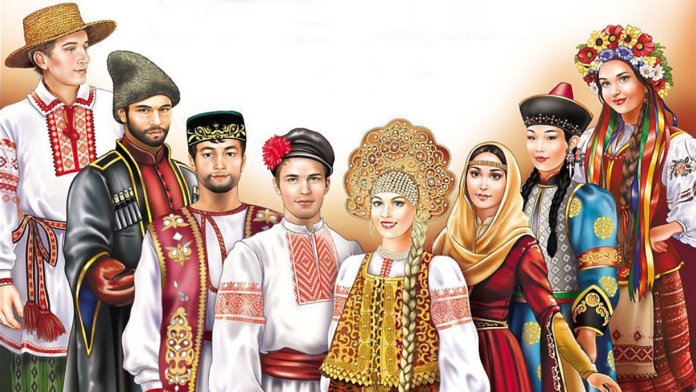
Pasechnoye has long been also the Krasnoyarsk Territory. Tyukhtetsky district. Author, you have outdated information.
Thanks, fixed.